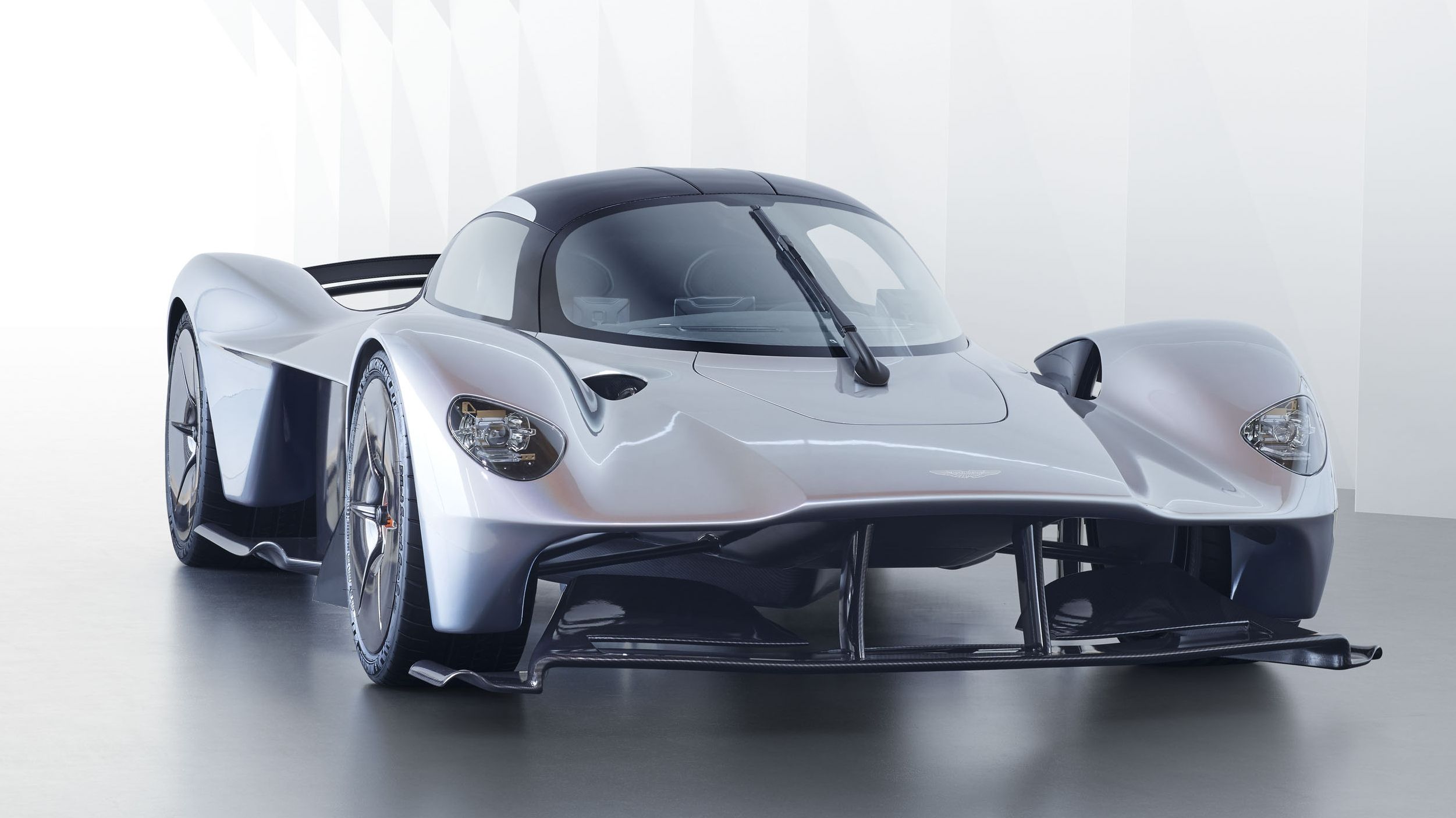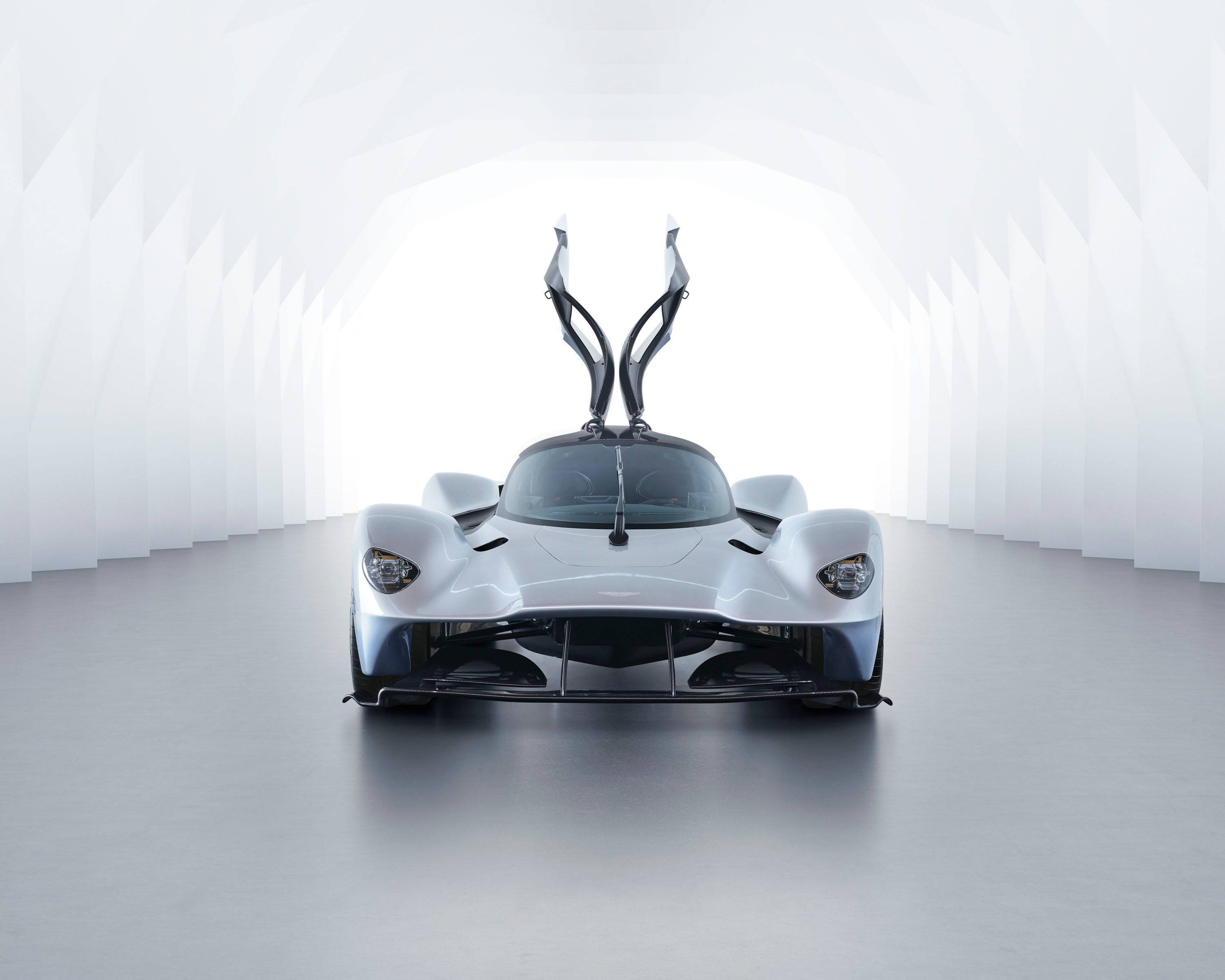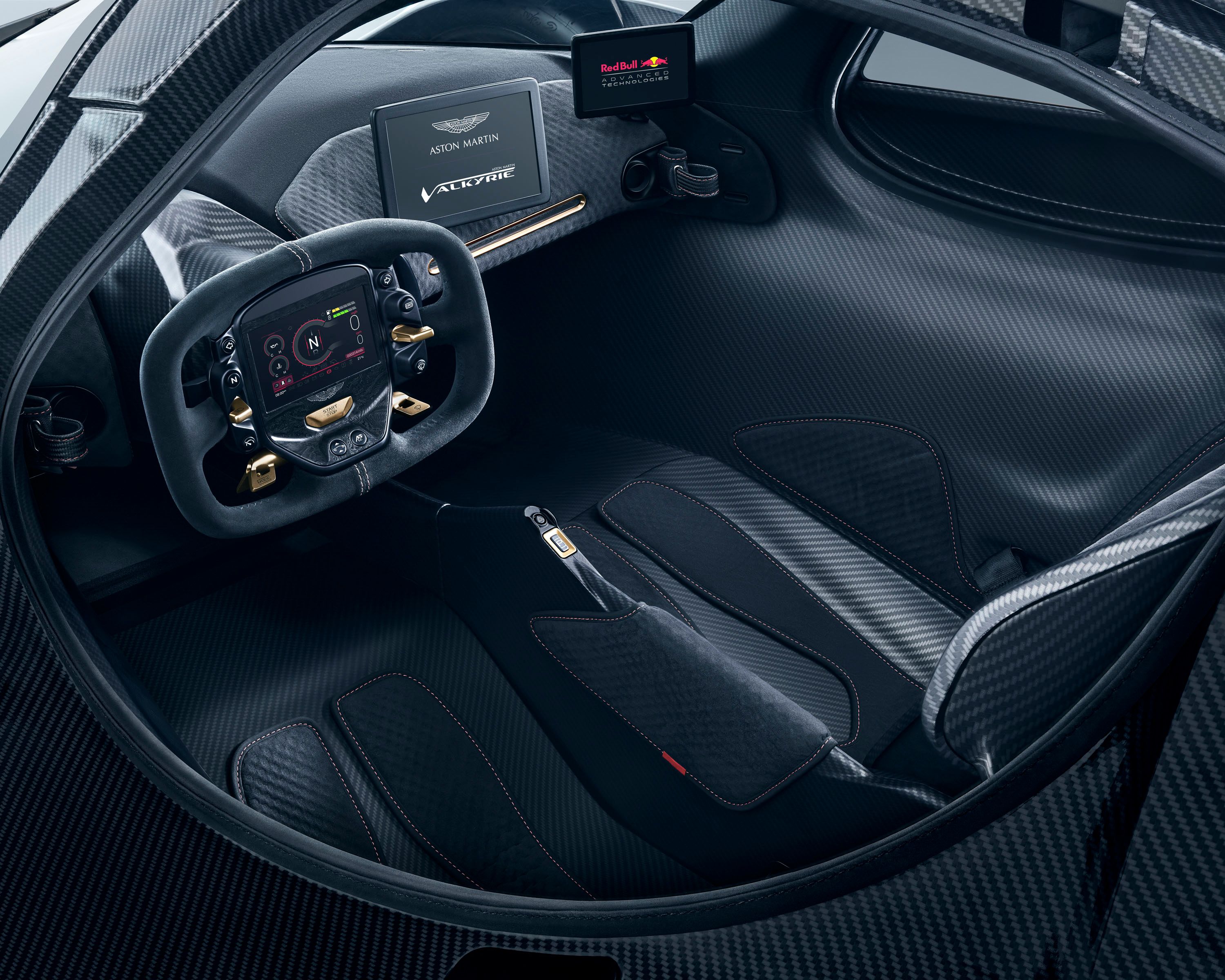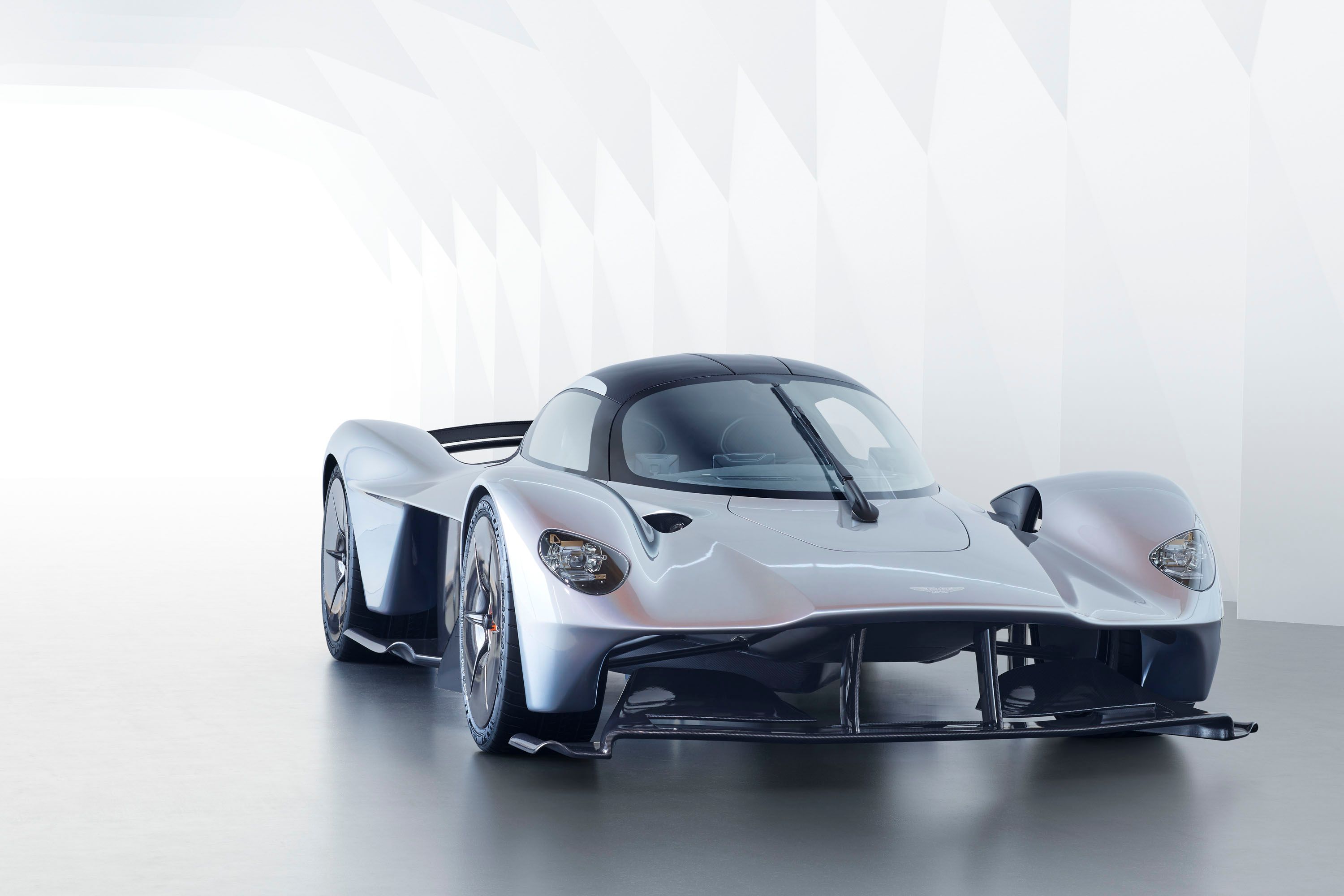While motorsport is often considered the place for performance technology development, the rules and regulations of any given series are designed to make for an even playing field, and as such, they often place limits on what technology can actually accomplish in the real world. Luckily, that isn’t the case for extreme hypercars like the Aston Martin Valkyrie.
Continue reading for the full story.
The Full Story
The Aston Martin Valkyrie brings with it a collection of specs that simply boggle the mind. While producing well over 1,000 horsepower, it also has the advanced aerodynamics, insane downforce levels, and feathery low-weight required to put it all to good use.
As such, Andy Palmer, Aston’s head honcho, has promised that the Valkyrie will manage a lap around the Silverstone circuit on par with a modern Formula 1 car. To achieve that incredible feat, this street-legal machine will employ a variety of materials and components that are actually more advanced than those used in the top open-wheel racing series.
That’s the latest from our friends over at Autocar, which provides some interesting insights into the Valkyrie’s development process.
“It’s been a learning curve for both us and Red Bull Racing,” said Aston’s color and materials manager for the Valkyrie project, Libby Meigh. Speaking at the Autocar Awards this week, Meigh also added, “For us, we’ve learned so much about performance, while Red Bull has had to learn about road laws and safety features.”
It’s reported that the Valkyrie’s almost extraterrestrial-like exterior will produce as much as 4,000 pounds of downforce when traveling at the car’s top speed of 250 mph. So far, a number of changes have been made to the design since it was first revealed last year, including updates for both more downforce and aesthetic considerations.
Adrian Newey, Red Bull Racing’s Chief Technical Officer, played a major part in making the Valkyrie a reality, finding performance gains both large and small throughout the car’s development.
“Much of what you see from outside is the actual structure of the car, which had to be signed off quite early,” said chief designer Miles Nurnberger, according to Autocar. “Non-structural areas were still subject to evolution as Adrian continued finding improvements.”
One example is an opening added to the front bodywork.
“Ordinarily, the last thing we’d want is to cut a hole in one of our surfaces, but these new vents work the front wings so much harder that we’ve found a significant gain in front downforce,” Nurnberger explains. “They have their own functional beauty, but we’ve finessed them without harming the way they work. They also work as windows through which owners can view our fabulous wing-section front wishbones.”
The team also worked hard to provide enough interior space to justify the car’s road-going promises.
“It has been a tremendous challenge making the interior packaging work,” said Matt Hill, a designer at Aston Martin, in an interview with Autocar. “We’ve embraced Red Bull’s F1 ethos and come at things from a different angle. We’ve started from a position that seemed impossible and found a way to make it work, fighting for millimeters everywhere.”
All told, the Valkyrie is what you get when Aston hands over a blank check to a group of its most talented high-performance team members and asks for the most extreme road-legal performance car on the face of the planet. Competitors will include the equally audacious Mercedes-AMG Project One.
Making the Valkyrie go is a mid-mounted naturally aspirated 6.5-liter V-12 from Cosworth, which was mated with F1-style hybrid components to produce upwards of 1,130 horsepower. With just 1,000 kg (2,204 pounds) of weight to push around, that’s a lot of thrust.
In the corners, the Valkyrie mounts center-locking magnesium wheels, similar to what you’d find on an F1 car. A seven-speed gearbox sends output to the rear wheels, while a carbon fiber tub is used for stiffness and low weight.
Inside, the Valkyrie features a “feet-up” driving position, which, again, rings of F1 inspiration.
Deliveries are expected by 2019, Pricing starts at about $3.2 million. Only 150 units will be produced.
Autocar0}
Autocar
Read our full review on the 2018 Aston Martin Valkyrie.
Read our full review on the 2019 Aston Martin Valkyrie AMR Pro.




